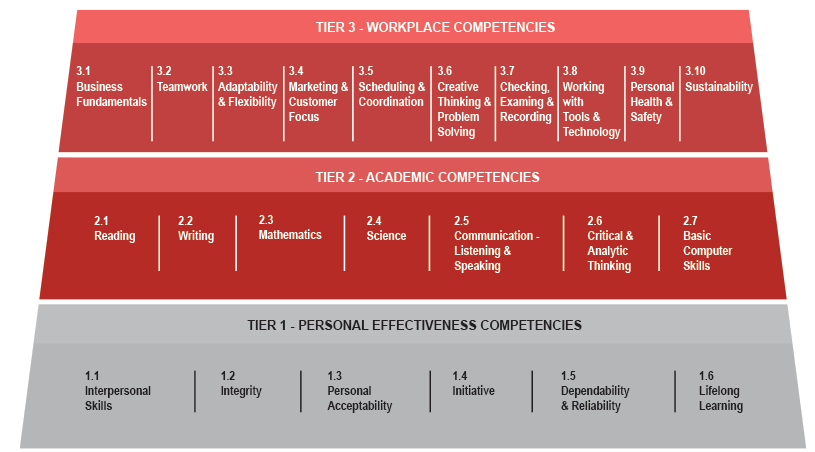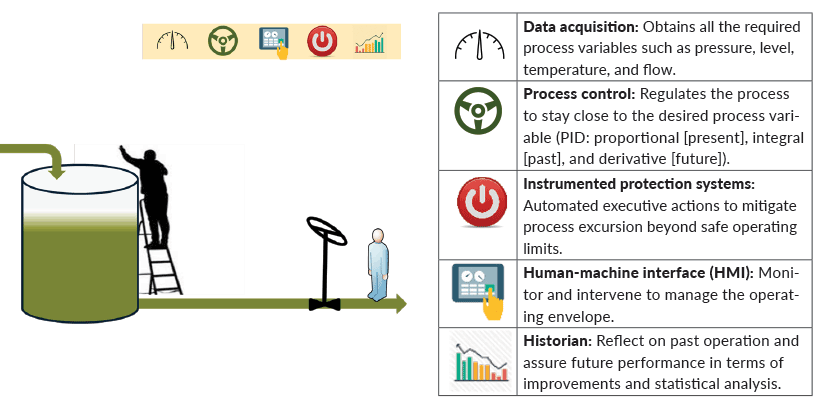- By Prabhat Behera
- Operations & Management
- Workforce Development
Summary
After graduating in electronics and telecommunication engineering, I landed my first job in process automation. It wasn’t a field I had particularly aspired for at the time, but fate had chosen an exciting and fulfilling career path for me. Although I barely had any industrial experience at the time, it was the encouraging words from my mentors that facilitated my journey over the next 25 years. Over the years, I have had a great experience growing as a process automation professional. The takeaway here is that at the early phase of our career, some of us are unaware of the career path that should be followed, and often it is shaped by our environment. It is important to keep the doors open and choose the career option that advances the skills you gained from education.
Process automation involves a unique mix of process, mechanical, electrical, instrumentation, and information technology skills, bringing a multidiscipline perspective. In many ways, it was the precursor to the now popular discipline of mechatronics. It is currently at the forefront of the industry and influences an array of business goals including health, safety, and environment (HSE); business efficiency; sustainability; and optimization. The career options in automation are plentiful and the technology is futuristic, with artificial intelligence (AI) and digital twins being the most active areas of research, development, and deployment. Jobs in process automation also bring accomplishment and satisfaction with direct impact on life. An example is when I received feedback from coworkers in the control room that a recently implemented automation project reduced stress levels and had tangible benefits to their health, well-being, and quality of life.
With this background, let us dive into the roadmap to help you succeed in your career journey.
Process automation involves a unique mix of process, mechanical, electrical, instrumentation, and information technology skills.
Courage to be unique
One reflection from the show “The Buried Life (starring Ben Nemtin, Dave Lingwood, Duncan Penn, et. al.)” is “What do you want to do before you die?” It is true and inspiring that the quartet have crossed off most of the 100 things they listed to complete in the lifetime. Since our birth, we have passed through unique challenges in the personal, educational, and professional domain to get to where we are today, and it is a testament to your ability to overcome the odds of survival that you are today reading this article as an automation professional. Yet every one of us is unique in our capabilities and it is important that you identify your core strengths and proceed on the unique path that best aligns with your passion.
Positivity
“If you fail, never give up because F.A.I.L. means “First Attempt in Learning.” -Dr. A.P.J. Abdul Kalam
This has been a guiding principle for me and the reflection on the quote confirms that we need to look at the life’s episodes in a positive way. Often, people get stressed due to a single failure and take a step back. If we learn from the failure and take on the next project with a positive attitude, then challenges become opportunities and we successfully achieve results that were never imagined. Let’s be positive and advance on the journey on the path of sustainability for a better world.
The automation competency model
The automation competency model (Figure 1) has been developed by the International Society of Automation (ISA) and is recognized across the industry. It is important to recognize that once you have embarked on the career path of process automation, there is an abundance of resources and support to help you realize your goals. You’re not expected to know everything, and therefore collaboration with colleagues is essential. Break your tasks in small and manageable chunks that are manageable.
These competencies are generally acquired while executing projects. This is augmented with having a development plan in place that includes reference books, industry codes and standards, best practices, case studies, tips and tools, and discussion forums. Access to these resources can be easily leveraged through membership in organizations such as ISA. 
Pillars of automation
Let us imagine a level control scenario as depicted in Figure 2. It involves risk of overflowing, could cause burnouts, and is not sustainable with manual actions. These five pillars provide the possibility to control the process safely anytime and from anywhere. 
Final thoughts
The automation industry is currently trending and offers opportunities that will continue to impact our society toward a better world. Every individual is unique, and those unique perspectives bring diversity that facilitate amazing innovations. Let’s not deviate from “the original YOU.” The competency model presented in this article may be used to guide the journey.
Reader Feedback
We want to hear from you! Please send us your comments and questions about this topic to InTechmagazine@isa.org.


